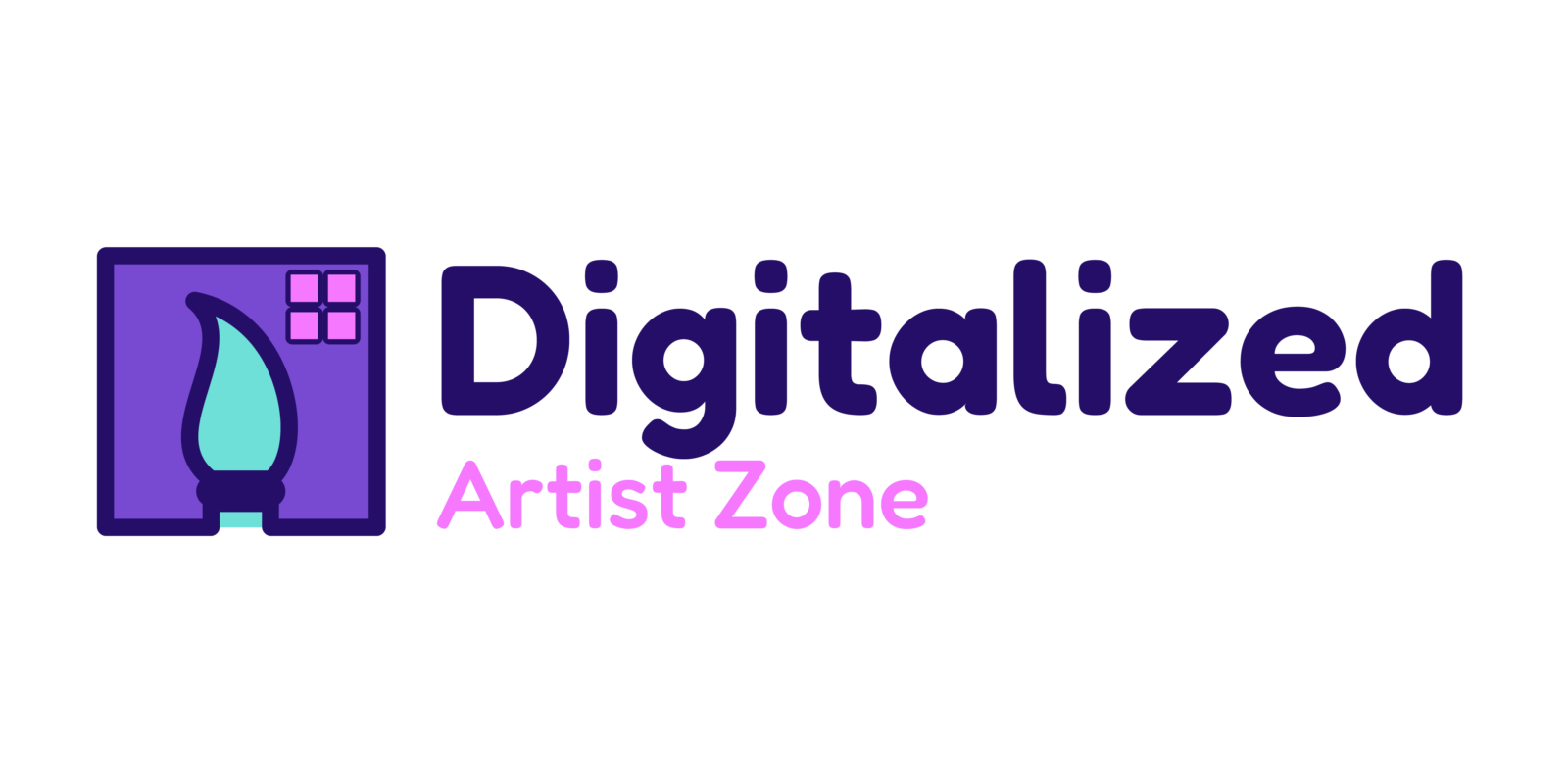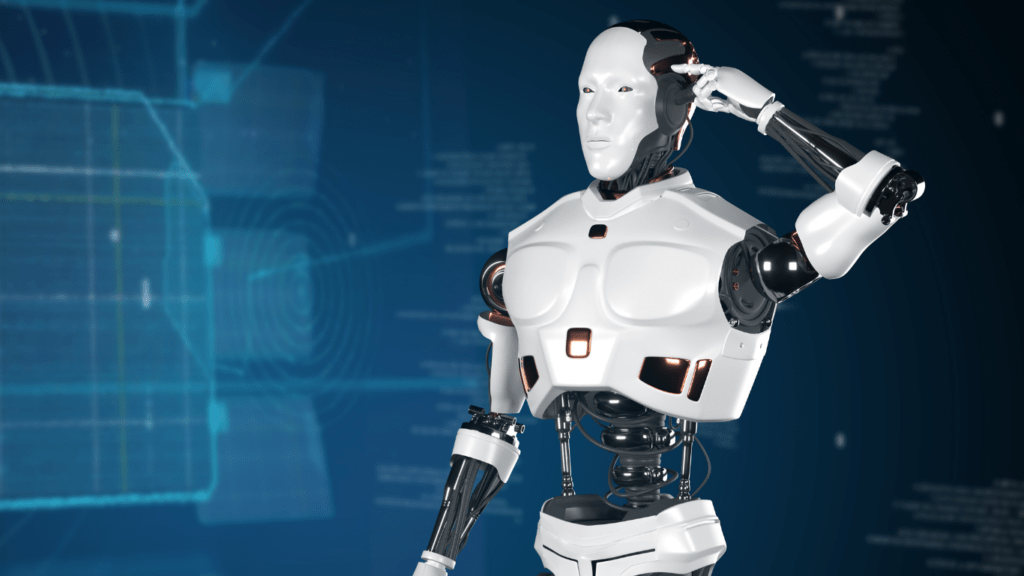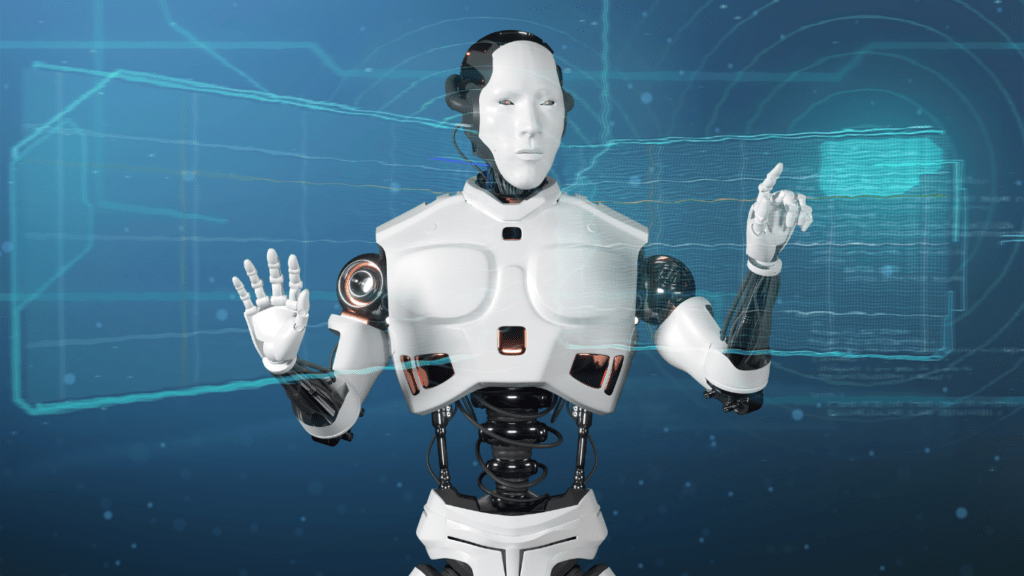As an avid follower of the digital art scene, I’ve been closely monitoring the transformative influence of Artificial Intelligence (AI) on creative processes. In 2024, AI’s role in shaping the landscape of digital art creation has reached unprecedented heights, revolutionizing how artists conceptualize and produce their works. From generating intricate designs to enhancing artistic workflows, AI has become an indispensable tool for modern creators seeking innovation and efficiency.
In this article, I delve into the profound impact of AI on digital art creation, exploring the fusion of technology and creativity in the ever-evolving art world. By examining the latest trends, breakthroughs, and challenges, we uncover how AI is redefining the boundaries of artistic expression and pushing the boundaries of imagination. Join me on this journey to discover the fascinating intersection of AI and digital art in 2024.
Overview of AI in Digital Art Creation
Exploring the realm of AI in digital art creation unveils a landscape where technology seamlessly integrates with artistic endeavors, fostering an era of unparalleled innovation and creativity. In 2024, AI stands as a driving force behind the evolution of digital art, transforming how artists conceptualize, design, and materialize their visions.
Elevating the creative process, AI algorithms analyze vast datasets to generate intricate designs, paving the way for novel artistic expressions and ideations. By streamlining workflows and offering tools for enhanced efficiency, AI empowers artists to explore new horizons and push the boundaries of conventional artistry.
In the contemporary art scene, AI serves as a catalyst for redefining traditional notions of creativity, inspiring artists to explore uncharted territories and experiment with groundbreaking techniques. The fusion of AI and digital art not only revolutionizes artistic expression but also fosters a culture of continuous innovation and adaptation in the ever-evolving landscape of creative endeavors.
The Current State of AI Integration in the Art Industry
As an expert in the field, I’d like to discuss the present landscape of AI integration in the art industry. Let’s explore how AI tools are revolutionizing digital art creation:
AI Tools in Digital Art Creation
In the realm of digital art creation, AI tools are becoming indispensable for artists. These tools leverage machine learning algorithms to analyze vast amounts of data, enabling artists to generate complex designs efficiently. AI-powered tools offer features like style transfer, where artists can apply the characteristics of one image to another, giving rise to unique and innovative artworks that combine different styles seamlessly. With AI, artists can streamline their workflows, experiment with diverse techniques, and enhance their creative output with minimal effort.
Predictions for AI’s Role in Digital Art Creation by 2024
Expanding on the current trajectory of AI in digital art creation, I anticipate even more significant advancements by 2024. AI technologies will likely continue to refine their ability to mimic human creativity, offering artists innovative tools and techniques to augment their work. By 2024, AI is expected to provide artists with even more sophisticated assistance in generating complex designs, streamlining workflows, and fostering artistic exploration.
I foresee a surge in the adoption of AI-driven tools by artists seeking to expand their creative boundaries. AI algorithms are projected to become more intuitive and capable of understanding and executing nuanced artistic commands. This evolution will empower artists to delve into uncharted artistic territories, experiment with diverse styles effortlessly, and unleash their creativity without being limited by technical constraints.
As AI becomes more embedded in the digital art landscape, collaborations between artists and AI systems are likely to become commonplace. By 2024, AI partners will not only assist artists in executing their vision but also actively inspire creativity by proposing novel ideas and suggesting innovative approaches to art creation. This symbiotic relationship between artists and AI is poised to redefine the creative process, sparking a new era of artistic innovation and expression.
Furthermore, the role of AI in art curation and personalized art experiences is expected to expand significantly by 2024. AI-powered systems will likely play a crucial role in tailoring art recommendations to individual preferences, providing art enthusiasts with curated experiences that resonate with their unique tastes and preferences. This personalized approach to art consumption facilitated by AI is anticipated to revolutionize the way people engage with and appreciate art, making art more accessible and enriching for a broader audience.
The upcoming years hold immense potential for AI’s transformative impact on digital art creation. Artists can look forward to a future where AI serves as a powerful ally, empowering them to push the boundaries of their creativity, collaborate with intelligent systems, and deliver personalized art experiences that resonate with audiences on a deeper level.
Challenges and Ethical Considerations
Exploring the realm of AI in digital art creation unveils not only opportunities but also various challenges and ethical considerations that demand attention as we progress towards 2024. Embracing AI in art creation comes with its own set of complexities that require careful navigation. While AI presents tremendous potential for revolutionizing the creative landscape, there are key challenges that need to be addressed to ensure a responsible and ethical integration of these technologies.
- Ensuring Transparency and Accountability
One of the primary ethical considerations in AI-driven art creation is the need for transparency and accountability in the decision-making processes of AI algorithms. As AI systems become more involved in generating art and making creative choices, there is a growing concern about the opacity of these algorithms. Artists and creators must understand how AI influences the final output and be able to trace back decisions made by these systems to ensure accountability in the creative process. - Preserving Human Creativity and Autonomy
As AI becomes more sophisticated in assisting artists with generating art, there is a looming concern about the preservation of human creativity and artistic autonomy. Artists must strike a delicate balance between leveraging AI tools for enhancing their creative workflows and maintaining their unique artistic expression. Ethical considerations arise regarding the extent to which AI should influence the creative process without overshadowing or diminishing the human touch in art creation.
Addressing Bias and Diversity
AI algorithms are only as unbiased as the data they are trained on, raising critical concerns about bias and diversity in AI-generated art. Ensuring that AI systems represent diverse perspectives and avoid perpetuating existing biases in art creation is essential for fostering inclusivity and equity in the art world. Artists and technologists need to collaborate to mitigate biased outcomes and promote diversity in AI-generated art to create a more inclusive and representative artistic landscape.
Protecting Intellectual Property and Originality
The integration of AI in art creation challenges traditional notions of intellectual property and originality, raising questions about ownership and authorship of AI-generated artworks. Artists must navigate the complexities of copyright laws and ethical considerations surrounding the attribution of AI-generated art to ensure proper recognition and protection of their creative contributions. Finding a balance between the collaborative nature of AI tools and the preservation of artistic integrity is crucial for safeguarding the rights of creators in the digital art realm.
Promoting Ethical AI Practices
Promoting ethical AI practices in digital art creation requires ongoing dialogue and collaboration between artists, technologists, and policymakers. Establishing guidelines and frameworks for the responsible use of AI in art, emphasizing ethical considerations, and advocating for accountability and transparency are essential steps towards ensuring a sustainable and ethical integration of AI technologies in the creative process.
The challenges and ethical considerations surrounding the intersection of AI and digital art creation highlight the need for proactive engagement and thoughtful deliberation as we embrace the advancements of AI technologies in the art world. By addressing these complexities with a shared commitment to ethical principles and responsible innovation, we can harness the transformative power of AI to drive artistic exploration and inspire creativity in the digital age.





